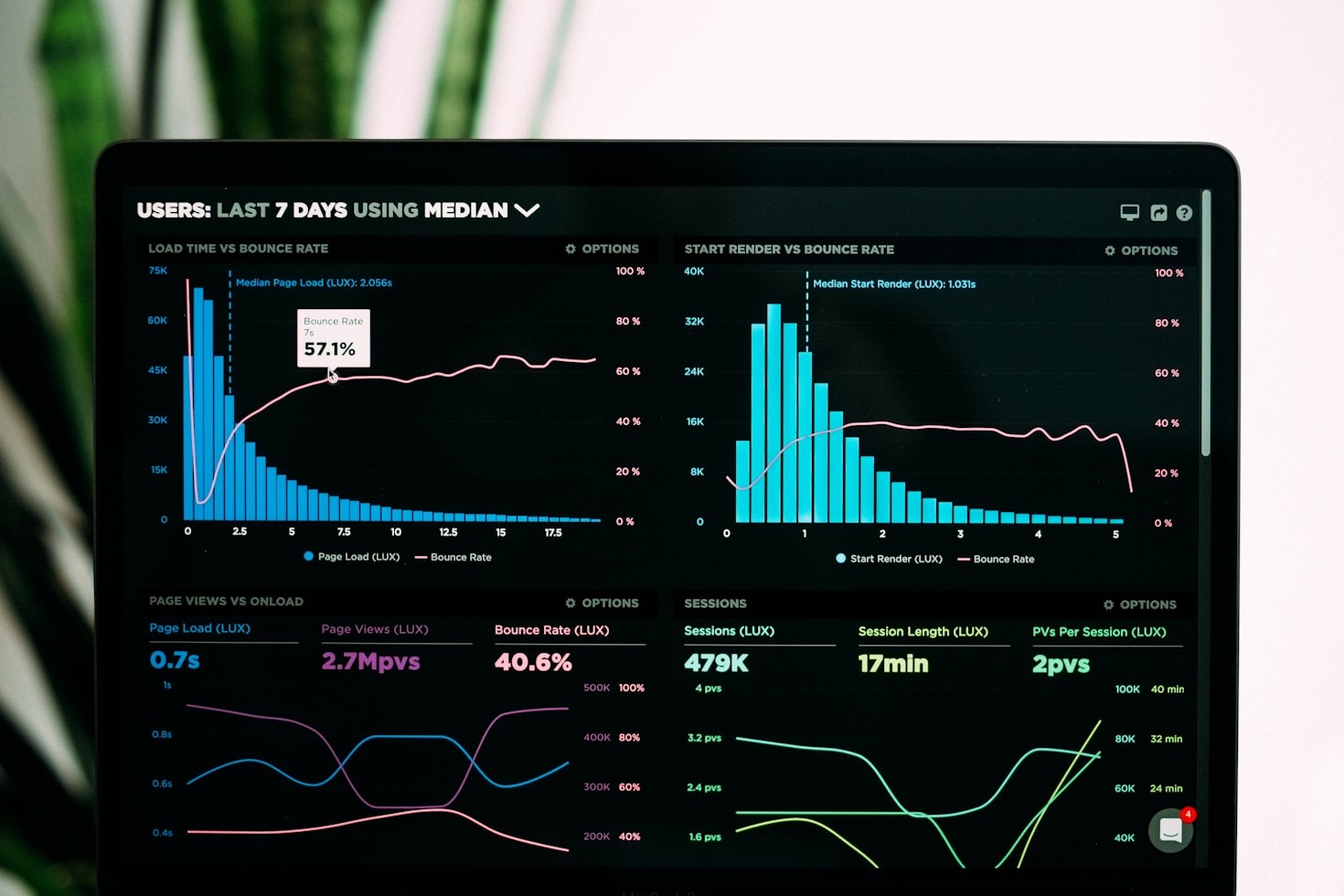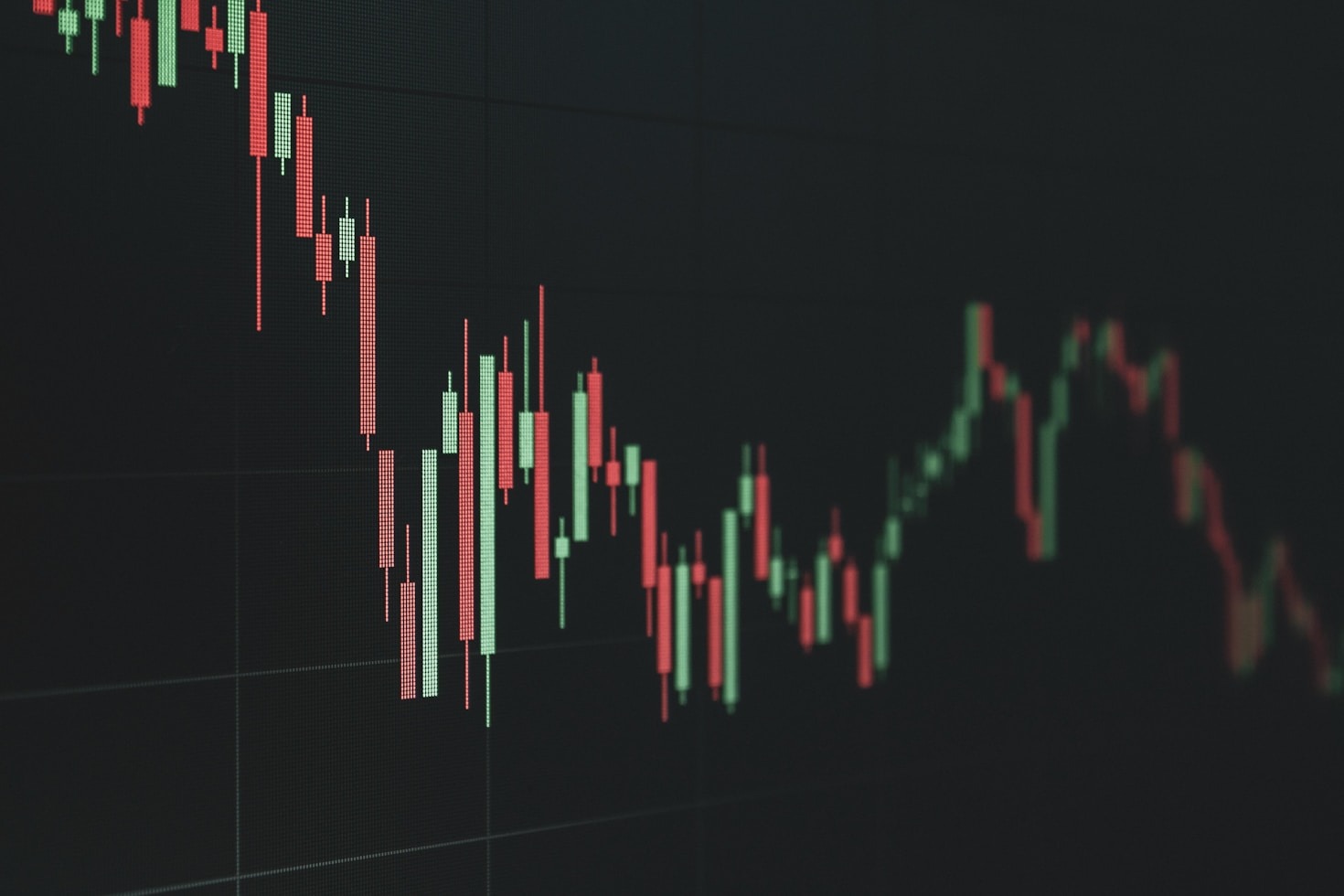The common belief among aspiring traders is that the MetaTrader platform, a handful of indicators, and a broker account are sufficient for success. While these are necessary components, they represent only the base layer. Professional forex trading is a demanding discipline that requires specialized, high-leverage tools designed to minimize uncertainty, optimize trade execution, and ensure rigorous self-analysis. To gain a true edge in the market, you must move beyond the basic interface and integrate external resources that provide deeper context and analytical power. This article breaks down the essential tools that should be in every serious trader’s arsenal.
The Analytical Hub: Advanced Charting Platforms
While a broker’s terminal is crucial for execution, dedicated, web-based charting platforms (like TradingView or similar specialized software) are the superior choice for analysis. These platforms offer three significant advantages that elevate a trader’s perspective:
- Confluence and Customization: They provide far greater access to community-driven, advanced indicators and scripting languages (like Pine Script) that allow for a unique edge. More importantly, they enable the construction of visual confluence—marking multiple market structures, potential supply/demand zones, and trend channels with precision.
- Multi-Asset View: An advanced platform allows you to monitor related markets (e.g., the Dollar Index, Gold, or major indices) alongside your main currency pair. Understanding the correlation between assets is vital for validating high-probability setups.
- Cloud Syncing and Organization: All your saved layouts, trend lines, and notes are instantly synchronized across all your devices, ensuring your analytical workflow is never interrupted, a necessity for the modern, mobile trader.
Mastering Context: The High-Impact Economic Calendar
Beginners often treat economic data releases as simple events, but professionals view the Economic Calendar as a tool for managing risk and predicting volatility shifts. The calendar is not just about knowing when news is released; it’s about categorizing the potential impact of that news.
Interpreting Volatility Ratings
Effective use of the calendar involves strict rules based on the news’s projected impact:
- High-Impact (Red Folder): Events like Non-Farm Payrolls (NFP) or Central Bank Interest Rate Decisions. Your rule should be to close all positions in the affected currency pair or be flat 30 minutes before and after the release. These events are pure gambling, not trading.
- Medium-Impact (Orange Folder): Consumer Price Index (CPI) or GDP releases. These can create strong trends. Use them as an opportunity to potentially enter a trade after the initial spike has been absorbed and price action confirms a direction, or to scale out of partial positions.
- Low-Impact (Yellow Folder): Data that generally causes little price fluctuation. These can usually be ignored for active trade management, though they still contribute to the overall fundamental narrative.
Using a high-quality calendar allows you to proactively adjust your strategy, preventing unexpected volatility from turning a solid setup into a major loss.
The Accountability Engine: The External Trading Journal
The market is the execution environment, but the Trading Journal is where you build long-term profitability. This cannot be overstated. Relying solely on your broker’s trade history is insufficient. An external journal—whether a custom spreadsheet or dedicated software—is the accountability engine that separates hobbyists from professionals.
Essential Journal Metrics
A professional journal must track more than just profit and loss. It needs to track performance relative to your strategy:
| Metric | Purpose |
|---|---|
| Strategy Tag | What specific setup (e.g., “Asian Breakout,” “Trendline Bounce”) was used? |
| Emotional State | Log your feelings (calm, frustrated, rushed) before and after the trade. |
| Deviation Score | Did you strictly follow your plan? Score yourself 1-10. |
| Time of Day | Track performance across different trading sessions. |
By analyzing these metrics over 100 trades, you can objectively determine which strategies work, when you are most prone to error, and ultimately, which part of your trading process needs optimization. The journal transforms subjective experience into verifiable, empowering data.
The Decision Enhancer: Currency Strength Meter
When trading pairs like EUR/USD or GBP/JPY, a trader is always trading two currencies simultaneously. It’s often unclear whether the pair is moving because the first currency is weak or the second currency is strong. A Currency Strength Meter solves this ambiguity.
This tool provides a real-time, visual ranking of all major global currencies (USD, EUR, GBP, JPY, etc.) from strongest to weakest. Professionals use it to choose the highest-probability pair. For example, if you see the JPY is extremely weak and the EUR is strong, the EUR/JPY pair is likely to offer a clearer, more decisive trend than, say, a EUR/USD trade where both currencies might be moderately strong. This ensures you are always pairing the strongest horse against the weakest horse, maximizing momentum and minimizing whipsaw movements.
Empowerment in trading is the result of continuous refinement, meticulous planning, and leveraging the right resources. By incorporating these professional tools—from detailed charting software and risk-aware calendars to the essential trading journal—you equip yourself not just to survive, but to truly thrive in the competitive forex market. If you’re looking to accelerate your journey from theory to consistent profit, remember that GoldPipsFX provides daily signals for high-probability setups, market insights for critical context, and 1:1 personal coaching to master your psychology and strategy.





Leave a Reply